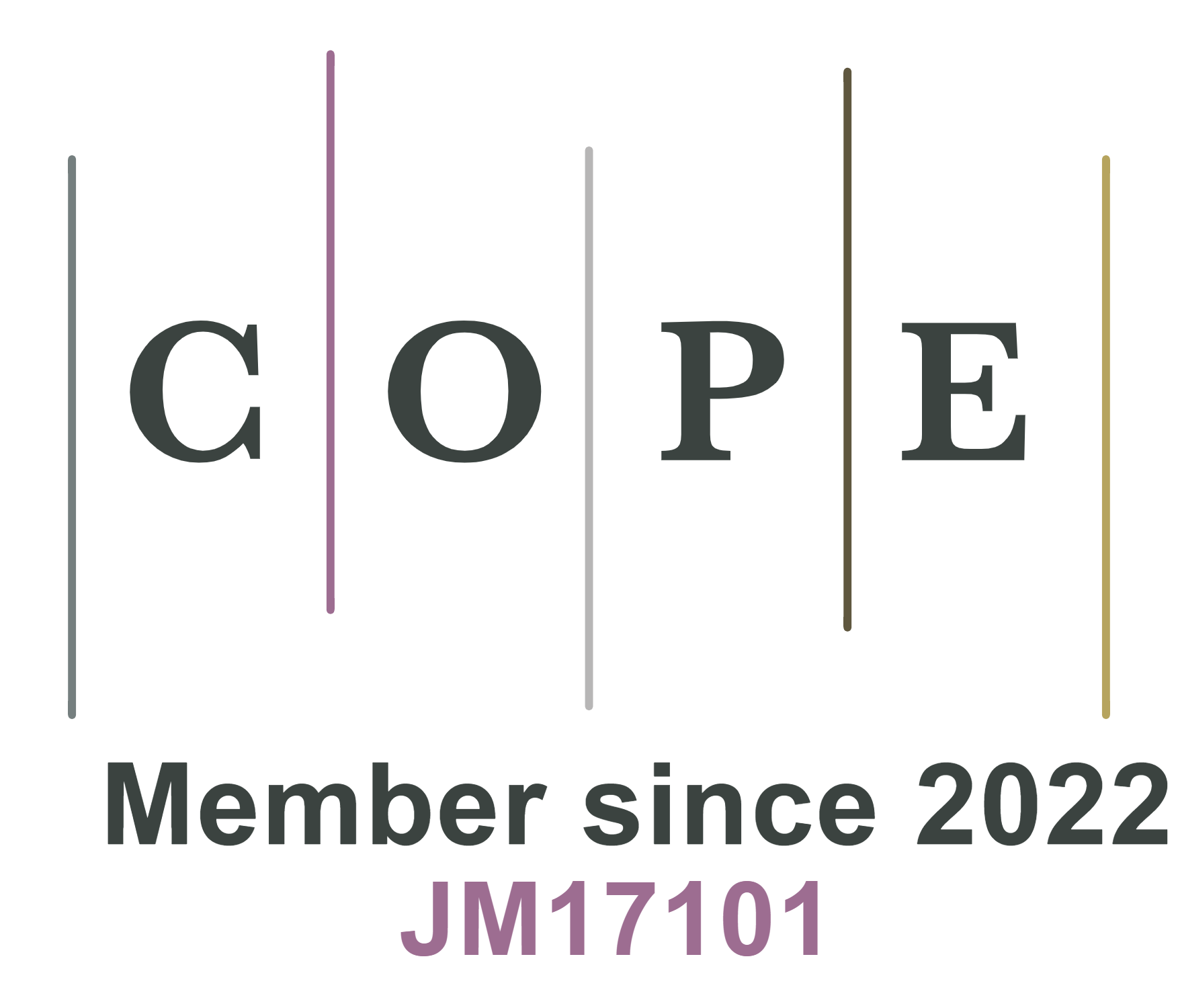REFERENCES
1. Shangguan X, Jia G, Li F, et al. 1-ethyl-3-methyl-imidazolium bis (trifluoromethane-sulfonyl) imide as an electrolyte additive in LiFePO4-based batteries for suppressing aluminum corrosion. Energy Technol 2018;6:1667-74.
2. Liu Z, Chai J, Xu G, Wang Q, Cui G. Functional lithium borate salts and their potential application in high performance lithium batteries. Coord Chem Rev 2015;292:56-73.
3. Li J, Xie K, Lai Y, et al. Lithium oxalyldifluoroborate/carbonate electrolytes for LiFePO4/artificial graphite lithium-ion cells. J Power Sources 2010;195:5344-50.
4. Kaymaksiz S, Wilhelm F, Wachtler M, et al. Electrochemical stability of lithium salicylato-borates as electrolyte additives in Li-ion batteries. J Power Sources 2013;239:659-69.
5. Li S, Zhao W, Zhou Z, et al. Studies on electrochemical performances of novel electrolytes for wide-temperature-range lithium-ion batteries. ACS Appl Mater Inter 2014;6:4920-6.
6. Andersson AM, Edström K. Chemical composition and morphology of the elevated temperature SEI on graphite. J Electrochem Soc 2001;148:A1100.
7. Sloop SE, Pugh JK, Wang S, Kerr JB, Kinoshita K. Chemical reactivity of PF5 and LiPF6 in ethylene carbonate/dimethyl carbonate solutions. ECS Solid State Lett 2001;4:A42.
8. Kanamura K, Takezawa H, Shiraishi S, Takehara Z. Chemical reaction of lithium surface during immersion in LiClO4 or LiPF6/DEC electrolyte. J Electrochem Soc 1997;144:1900-6.
9. Zhou G, Sun X, Li QH, et al. Mn Ion dissolution mechanism for lithium-ion battery with LiMn2O4 cathode: in situ ultraviolet-visible spectroscopy and Ab initio molecular dynamics simulations. J Phys Chem Lett 2020;11:3051-7.
10. Lin C, Tang A, Mu H, Wang W, Wang C. Aging mechanisms of electrode materials in lithium-ion batteries for electric vehicles. J Chem 2015;2015:104673.
11. Tebbe JL, Fuerst TF, Musgrave CB. Mechanism of hydrofluoric acid formation in ethylene carbonate electrolytes with fluorine salt additives. J Power Sources 2015;297:427-35.
12. Dahbi M, Ghamouss F, Tran-van F, Lemordant D, Anouti M. Comparative study of EC/DMC LiTFSI and LiPF6 electrolytes for electrochemical storage. J Power Sources 2011;196:9743-50.
13. Gabryelczyk A, Ivanov S, Bund A, Lota G. Corrosion of aluminium current collector in lithium-ion batteries: a review. J Energy Storage 2021;43:103226.
14. Bushkova OV, Yaroslavtseva TV, Dobrovolsky YA. New lithium salts in electrolytes for lithium-ion batteries (Review). Russ J Electrochem 2017;53:677-99.
15. Bizot C, Blin M, Guichard P, et al. Aluminum current collector for high voltage Li-ion battery. Part I: a benchmark study with statistical analysis. Electrochem Commun 2021;126:107013.
16. Naoi K, Mori M, Naruoka Y, Lamanna WM, Atanasoski R. The surface film formed on a lithium metal electrode in a new imide electrolyte, lithium bis(perfluoroethylsulfonylimide) [LiN(C2F5SO2)2]. J Electrochem Soc 1999;146:462.
17. Han H, Zhou S, Zhang D, et al. Lithium bis(fluorosulfonyl)imide (LiFSI) as conducting salt for nonaqueous liquid electrolytes for lithium-ion batteries: physicochemical and electrochemical properties. J Power Sources 2011;196:3623-32.
18. Meister P, Qi X, Kloepsch R, et al. Anodic behavior of the aluminum current collector in imide-based electrolytes: influence of solvent, operating temperature, and native oxide-layer thickness. ChemSusChem 2017;10:804-14.
19. Yen C, Neale AR, Lim J, Bresser D, Hardwick LJ, Hu C. Corrosion suppression of aluminium current collectors within Li-ion cells using 3-methoxypropionitrile-based electrolytes. Electrochim Acta 2022;431:141105.
20. Abouimrane A, Ding J, Davidson I. Liquid electrolyte based on lithium bis-fluorosulfonyl imide salt: aluminum corrosion studies and lithium ion battery investigations. J Power Sources 2009;189:693-6.
21. Dahbi M, Ghamouss F, Tran-van F, Lemordant D, Anouti M. Ester based electrolyte with lithium bis(trifluoromethane sulfonyl) imide salt for electrochemical storage devices: physicochemical and electrochemical characterization. Electrochim Acta 2012;86:287-93.
22. Chen X, Xu W, Engelhard MH, et al. Mixed salts of LiTFSI and LiBOB for stable LiFePO4-based batteries at elevated temperatures. J Mater Chem A 2014;2:2346.
23. Li F, Gong Y, Jia G, et al. A novel dual-salts of LiTFSI and LiODFB in LiFePO4-based batteries for suppressing aluminum corrosion and improving cycling stability. J Power Sources 2015;295:47-54.
24. Pan Y, Wang G, Lucht BL. Cycling performance and surface analysis of lithium bis(trifluoromethanesulfonyl)imide in propylene carbonate with graphite. Electrochim Acta 2016;217:269-73.
25. Krämer E, Schedlbauer T, Hoffmann B, et al. Mechanism of anodic dissolution of the aluminum current collector in 1 M LiTFSI EC:DEC 3:7 in rechargeable lithium batteries. J Electrochem Soc 2013;160:A356.
26. Matsumoto K, Inoue K, Nakahara K, Yuge R, Noguchi T, Utsugi K. Suppression of aluminum corrosion by using high concentration LiTFSI electrolyte. J Power Sources 2013;231:234-8.
27. Li R, Fang Z, Wang C, et al. Six-armed and dicationic polymeric ionic liquid for highly stretchable, nonflammable and notch-insensitive intrinsic self-healing solid-state polymer electrolyte for flexible and safe lithium batteries. Chem Eng J 2022;430:132706.
28. Wang B, Wang G, He P, Fan L. Rational design of ultrathin composite solid-state electrolyte for high-performance lithium metal batteries. J Membr Sci 2022;642:119952.
29. Peng C, Yang L, Zhang Z, Tachibana K, Yang Y, Zhao S. Investigation of the anodic behavior of Al current collector in room temperature ionic liquid electrolytes. Electrochim Acta 2008;53:4764-72.
30. Liu K, Wang Z, Shi L, Jungsuttiwong S, Yuan S. Ionic liquids for high performance lithium metal batteries. J Energy Chem 2021;59:320-33.
31. Tang X, Lv S, Jiang K, Zhou G, Liu X. Recent development of ionic liquid-based electrolytes in lithium-ion batteries. J Power Sources 2022;542:231792.
32. Ge J, Liang H, Zhou M, et al. Phosphonate-functionalized ionic liquid: a novel electrolyte additive for eenhanced cyclic stability and rate capability of LiCoO2 cathode at high voltage. ChemistrySelect 2019;4:9959-65.
33. Morita M, Shibata T, Yoshimoto N, Ishikawa M. Anodic behavior of aluminum in organic solutions with different electrolytic salts for lithium ion batteries. Electrochim Acta 2002;47:2787-93.
34. Mai YJ, Luo H, Zhao XY, et al. Organosilicon functionalized quaternary ammonium ionic liquids as electrolytes for lithium-ion batteries. Ionics 2014;20:1207-15.
35. Fei Z, Geldbach TJ, Zhao D, Dyson PJ. From dysfunction to bis-function: on the design and applications of functionalised ionic liquids. Chemistry 2006;12:2122-30.
37. Seo DM, Borodin O, Han S, Boyle PD, Henderson WA. Electrolyte solvation and ionic association II. acetonitrile-lithium salt mixtures: highly dissociated salts. J Electrochem Soc 2012;159:A1489.
38. Seo DM, Borodin O, Han S, Ly Q, Boyle PD, Henderson WA. Electrolyte solvation and ionic association. J Electrochem Soc 2012;159:A553.
39. Umebayashi Y, Mitsugi T, Fukuda S, et al. Lithium ion solvation in room-temperature ionic liquids involving bis(trifluoromethanesulfonyl) imide anion studied by raman spectroscopy and DFT calculations. J Phys Chem B 2007;111:13028-32.
40. Kakibe T, Ohata T, Saito T, et al. Branched alkyl functionalization of imidazolium-based ionic liquids for lithium secondary batteries. Electrochemistry 2022;90:037006.
41. Li F, Liu J, He J, et al. Additive-assisted hydrophobic Li+-solvated structure for stabilizing dual electrode electrolyte interphases through suppressing LiPF6 hydrolysis. Angew Chem Int Ed 2022;61:e202205091.
42. Huang J, Liu J, He J, et al. Optimizing electrode/electrolyte interphases and Li-ion flux/solvation for lithium-metal batteries with qua-functional heptafluorobutyric anhydride. Angew Chem Int Ed 2021;60:20717-22.
43. Qiao L, Oteo U, Martinez-Ibañez M, et al. Stable non-corrosive sulfonimide salt for 4-V-class lithium metal batteries. Nat Mater 2022;21:455-62.
44. Zeng Z, Liu X, Jiang X, et al. Enabling an intrinsically safe and high-energy-density 4.5 V-class Li-ion battery with nonflammable electrolyte. InfoMat 2020;2:984-92.
45. Wang Y, Dong N, Liu B, Tian G, Qi S, Wu D. Self-adaptive gel poly(imide-siloxane) binder ensuring stable cathode-electrolyte interface for achieving high-performance NCM811 cathode in lithium-ion batteries. Energy Stor Mater 2023;56:621-30.
46. Kim JH, Kim H, Kim W, et al. Incorporation of titanium into Ni-rich layered cathode materials for lithium-ion batteries. ACS Appl Energy Mater 2020;3:12204-11.
47. Wang L, Su Q, Shi W, et al. Optimized structure stability and cycling performance of LiNi0.8Co0.1Mn0.1O2 through homogeneous nano-thickness Al2O3 coating. Electrochim Acta 2022;435:141411.
48. Liu Q, Yang G, Liu S, Han M, Wang Z, Chen L. Trimethyl borate as film-forming electrolyte additive to improve high-voltage performances. ACS Appl Mater Interface 2019;11:17435-43.









